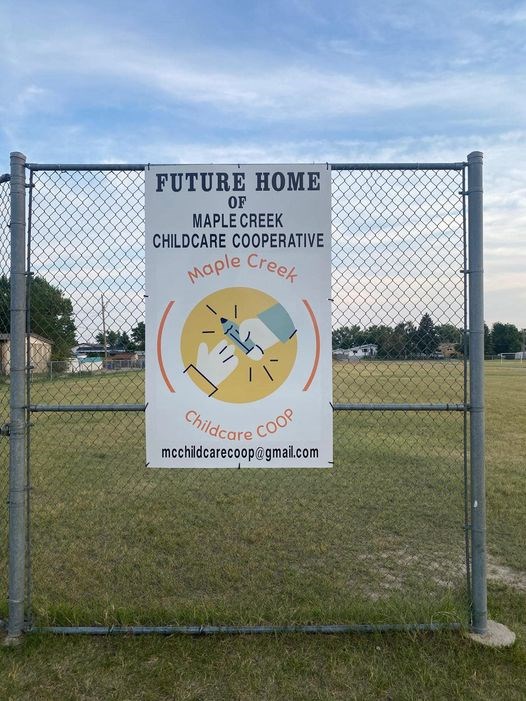Problems like housing, food costs, and homelessness are probably going to fall back to communities to try and solve, Kyle White told an audience at the Reimagining Rural Economic Development Conference in Camrose on Thursday.
“There's nobody else. We have to be the ones to facilitate that change,” said White, director of education for Co-operatives First.
About 1.4 million Canadians don’t have adequate housing, meaning the number of people living in a home doesn’t match what it was intended to hold, White said. And at any given time, there are 25,000 to 30,000 people experiencing homelessness in the country.
“We hear governments and politicians and lots of folks say they're going to do something about it. They're not. We've had this issue forever. They're not doing something about it,” he said.
One solution communities throughout the prairies have turned to is the use of co-operatives to provide housing and services for their own residents.
After a homeless encampment in Regina was broken up and the people in it dispersed, locals formed two co-ops to do something about problems in their neighbourhood, White said. Together the co-ops pool capital to buy and fix up vacant homes and access grant funding for social assistance to “get (people) back on their feet and get them jobs.”
“They’re already doing it,” White said. “They have three guys in houses. One of them, I think, has a job. They just needed a break.”
In Sangudo, a hamlet an hour west of Edmonton, members of a local investment co-op recognized they needed better family homes if they wanted to retain young families in town and keep the community alive.
“The co-op had an investment pool. They got the home built. They rented it out, and eventually sold it,” White said.
“Rural communities have money. It's doing the economic development work somewhere. Why not take a portion of it, invest in a home so you can see the benefits in your community?”
Along with housing, the co-operative model has been touted as a solution to limited numbers of child care providers in rural areas.
Gillian LaBoucane, economic development officer for the Town of Maple Creek, SK, joined White for a panel on investing in local services and infrastructure via the co-op model. Part of her job is to attract residents and businesses to the community, but the lack of available child care was keeping people from settling in Maple Creek.
“Child care is scarce. And we are the only community in the region without a licensed facility,” LaBoucane said. “This, of course, impacts the ability to do any of that – to attract, to retain, to bring new families in.”
When the town started to work on establishing a licensed daycare, they didn’t set out initially to form a co-op. “We didn’t know what we were going to do,” Laboucane said.
“But we became a co-operative by default, and I believe that's the best way forward with this project. It will be a parent-run co-operative, and all the parents will have control over what happens in the daycare centre,” she said.
The Maple Creek Childcare Co-op acquired a parcel of land in June from the local school division to build the daycare centre and has received funding from the provincial government to develop the first 42 spaces.




